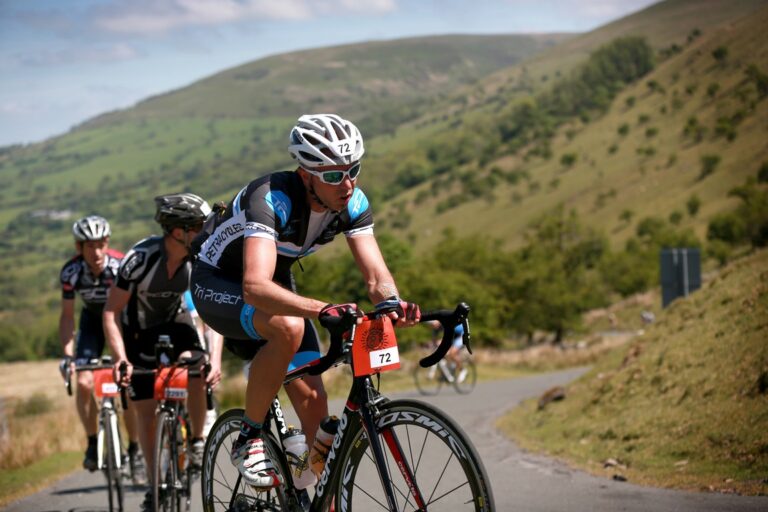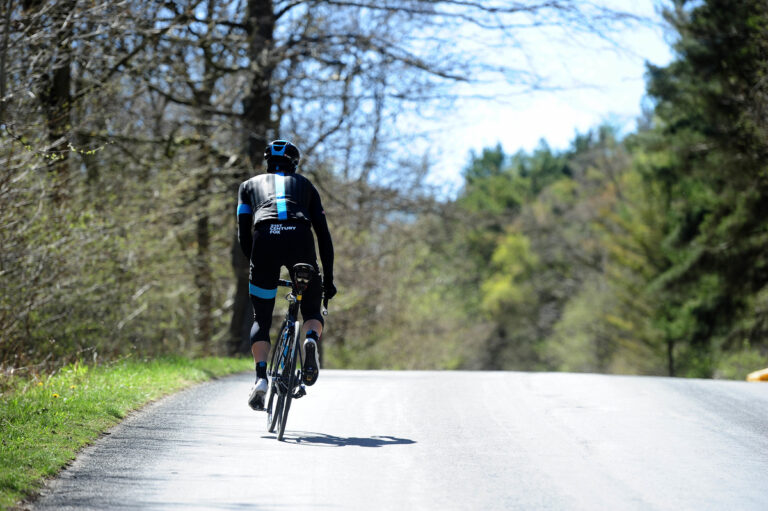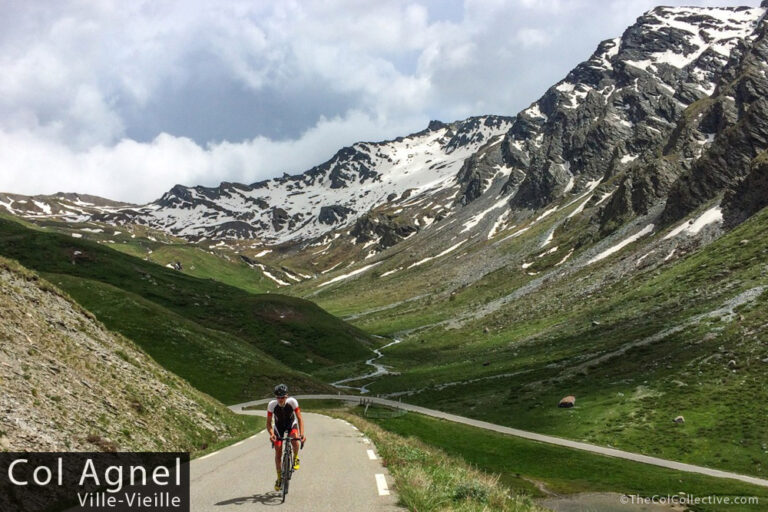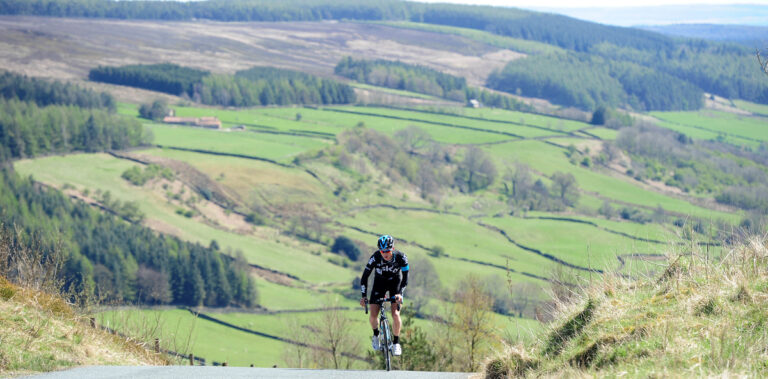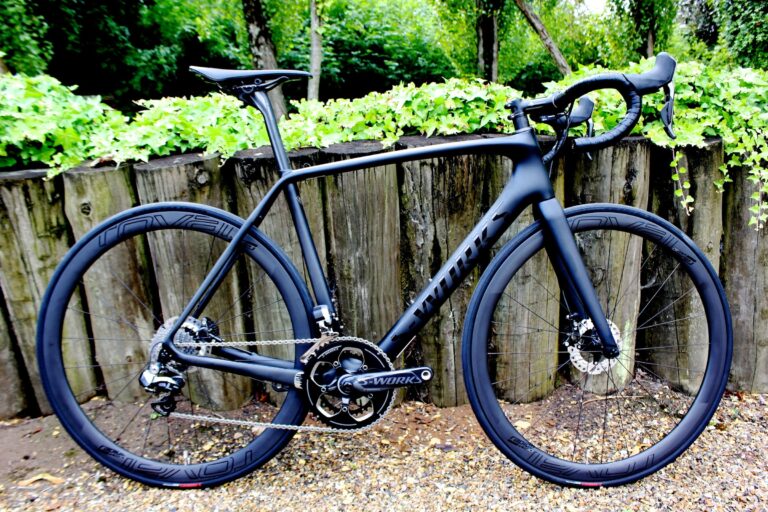Wembley Stadium is the home of football, rugby has Twickenham, and the champions of tennis are born at Wimbledon, but cycling’s battleground is the open road – the Col du Galibier, the Arenberg Forest and the Koppenberg.
And while football fans can only dream of walking onto the hallowed turf of Wembley, rugby fans of scoring a try at Twickenham and tennis fans of firing a rally back and forth across the net on Centre Court, cycling fans can follow in the pedal strokes of the sport’s heroes.
This Sunday, the Koppenberg will transform from a non-descript cobbled farm track in rural Flanders into the centre of the cycling universe, when the 99th edition of the Ronde van Vlaanderen rolls out and tackles the 22 per cent cobbled wall on a 264.2km route with 19 Hellingen from Bruges to Oudenaarde, the Flemish town within a short ride of the majority of cobbled climbs. Thousands of sportive riders will tackle the Tour of Flanders sportive on Saturday, before watching the race itself a day later.

The Tour of Flanders and, on the following Sunday, Paris-Roubaix, form the most exciting eight days on the cycling calendar. Two of the greatest one-day prizes in the sport and the climax of the cobbled Classics campaign.
I’m in Flanders with Italian clothing brand Sportful, supplier to the Tinkoff-Saxo team, and whose weatherproof Fiandre clothing range is inspired by – and named after – this cycling-mad region of Belgium and its changeable weather. Our guides for the ride? Tristan Hoffman and Nicki Sørensen, former pros with pedigree at the Tour of Flanders, and who both rode for the team before taking up directeur sportif roles.
Sørensen rode the Tour of Flanders for the first time in the final year of his career. The Danish rider, who spent 14 of his 16 years as a professional with the squad in its various guises, regularly asked his team bosses to ride the Ronde. They didn’t believe he had the characteristics so Sørensen says he “got pissed off and left it”. When he did get the chance to ride the race in 2014, he finished 13th at his first and last attempt. He had the characteristics and, despite racing it just once, the Ronde instantly became Sørensen’s favourite race .
“It’s the ambience, the history, the fans on the side of the road,” Sørensen tells as we begin a 45-mile loop including a trifecta of climbs (as well as a series of other, unmarked cobbled sectors) which reads like a greatest hits record of Flandrien bergs: the Oude Kwaremont, the Paterberg and finally, the finale – the Koppenberg.
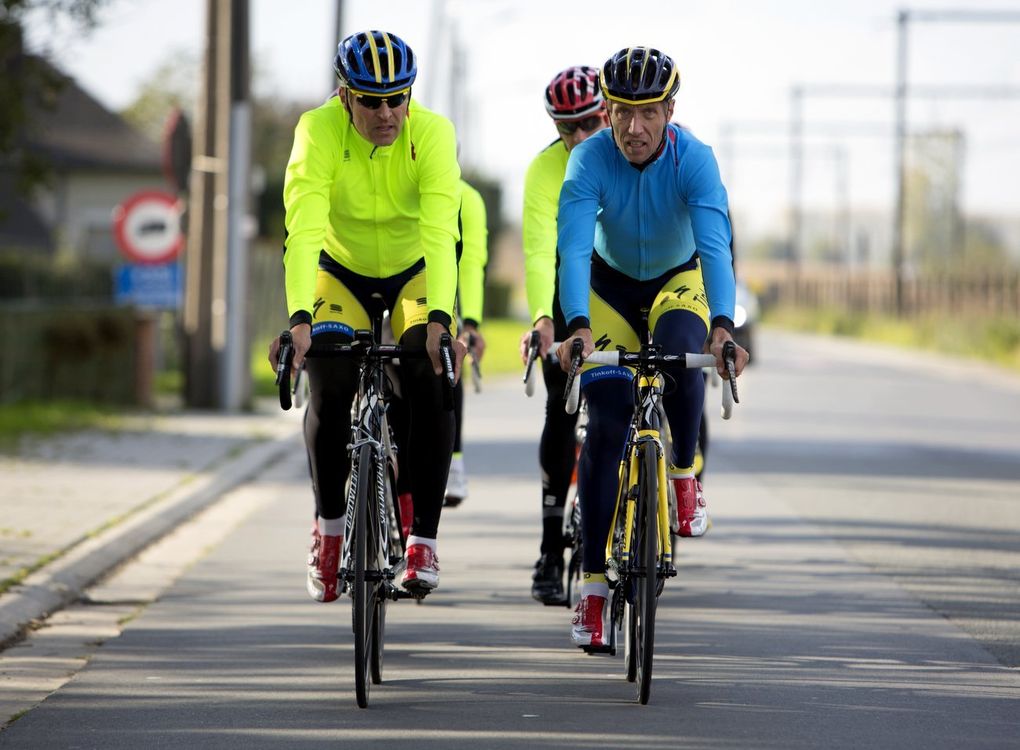
The Oude Kwaremont serves as the perfect introduction to the cobbles of Flanders. It’s a climb which features three times on the current route of the Tour of Flanders, and twice as part of a double-header with the Paterberg on the finishing loop where the race will be decided. What the Kwaremont lacks in outright steepness (though its three per cent average gradient hides the 11 per cent maximum pitch), it makes up for in length, with the 1.5-mile ‘drag’ stinging the legs and the cobbles offering little chance to recover. Riding over the cobblestones at speed is unlike anything I have experienced on the bike and every part of my left body is vibrating.
My machine for the ride is the Specialized Roubaix SL4 ridden by Daniele Bennati in the 2014 race. The Roubaix is Specialized’s ‘endurance’ bike and a frame which helped set the current trend for bikes designed specifically to improve comfort. It’s undoubtedly a ‘pro’ setup, not least thanks to the Zipp SL Sprint stem which, despite measuring 14cm, seems almost as wide as it is long, and designed to harness the forces produced by a sprinter like Bennati. The Italian, who will form part of the support squad for new signing Peter Sagan at this year’s Ronde, belongs to a select group of riders to have won stages in all three Grand Tours (three at the Giro d’Italia, two at the Tour de France and six at the Vuelta a Espana).
The Oude Kwaremont will share the spotlight with the Paterberg on Sunday and the second ascent of the Paterberg will be the final climb of the race. It’s here that Fabian Cancellara, who will be sorely missed from this year’s edition, lit the blue touch paper in 2013 to ride away from Sagan and Jurgen Roelandts and time trial the final 13km to the finish and claim his second Ronde title (Cancellara won again in 2014 in a four-way sprint).
The Paterberg is the second berg on our loop, sandwiched between the Oude Kwaremont and the finale on the Koppenberg, and it’s a brutal ascent. With just 46m of elevation gain, it’s barely a hairpin on the cols of the Tour de France, but an average gradient of 12 per cent and a maximum of 20 per cent over rough cobblestones tells the true story. The Paterberg comes only three kilometres after the Oude Kwaremont, and any rider who has over-exerted himself on the previous ascent will soon pay the price here. In Flanders, you don’t have to ride far to find cobbles and it’s this requirement to quickly and constantly recover before turning the power on once again that makes the Ronde, and the riders who triumph here, unique.

The Paterberg is a stinging ascent from the off. A 90-degree right turn onto the cobbles threatens to remove much of the momentum gained on the fast descent from the Oude Kwaremont. A click on the left shifter drops the chain into the small ring, before a series of flicks from the right engages the lowest gear as the gradient leaps into double figures, where it stays until the summit 200m later. Two hundred metres it may be, but the gradient is relentless and the cobbles mean every pedal stroke is a fight to maintain momentum. The speed at which Cancellara detonated the Paterberg in 2013, legs pumping like pistons and teeth gritted, is, still now, a sight to behold. Respite comes with a left-hand turn at the top onto blissfully smooth tarmac, where Cancellara disappeared from Sagan’s view, only to be seen again on the podium in Oudenaarde.
Our loop now turns off the Ronde route to take in the Koppenberg on the way back to Oudenaarde. The climb may only feature once on the Tour of Flanders course but it’s an iconic ascent etched into cycling history. The Koppenberg first featured in the 1976 edition and again every year until 1987, when it was excluded until 2002. Since then it’s become a focal point of the race, other than in 2007, when the deteriorating cobbles were out of bounds for refurbishment.
The Koppenberg holds a strategic position on the current Ronde course, coming just 45km from the finish and splitting the two passages of the Oude Kwaremont-Paterberg loop. Come Sunday and the narrow ‘road’ will be lined by countless beer-swigging fans, making for an atmosphere which makes the Classics – and the Tour of Flanders – unlike anything else in cycling.
Hoffman, a powerful rider who registered top five finishes in both the Tour of Flanders and Paris-Roubaix before turning to team management, is a man who knows what it takes to succeed on the cobbles. Like Sørensen, the Ronde is also Hoffman’s favourite race, which says much for the affection held for the Tour of Flanders not just by fans but riders, too.

“It’s [also] the most stressful race of the year,” he says as we approach the Koppenberg. “It’s always a fight for position. Position is so important. Tight roads, crashes, constant accelerations. The elastic can easily snap.”
Even as a lone rider it’s easy to appreciate – if not fully understand – how these small, twisting roads make the Tour of Flanders one of the most exciting and unpredictable races of the year for spectators. For the riders who contest the Ronde, it’s a battle not just of body, but mind, too. A gruelling, draining experience, where one lapse in concentration – a touch of wheels, a missed move – can bring down the curtains. What makes a good Flanders rider? “Power, position and mentality,” Hoffman says.
Those select riders who are at the sharp end of the Tour of Flanders have power on tap. While featherweight climbers like Alberto Contador and Nairo Quintana may float up the mountains of the Tour de France, here a different type of climber succeeds. The brawn of Cancellara, Sagan and Tom Boonen, who, like Cancellara, will miss Sunday’s race through injury, comes to the fore. Riders who can pummel the cobbles – and their competitors – into submission. The Koppenberg provides the perfect example of the characteristics required to succeed in Flanders.
While it remains a short climb by cycling standards at 600m, it is deceptively long, with the summit masked both by the steepness of the gradient and the trees which line the ascent and make the climb a claustrophobic experience. Again, there’s no opportunity to ease into it, with the gradient immediately sending my heart rate rocketing, and it only gets steeper, quickly touching 22 per cent in the middle section. A touch of wheels here spells disaster and riders have been forced to unclip before scampering up the climb, with the severity of the gradient making it almost impossible to get going again.
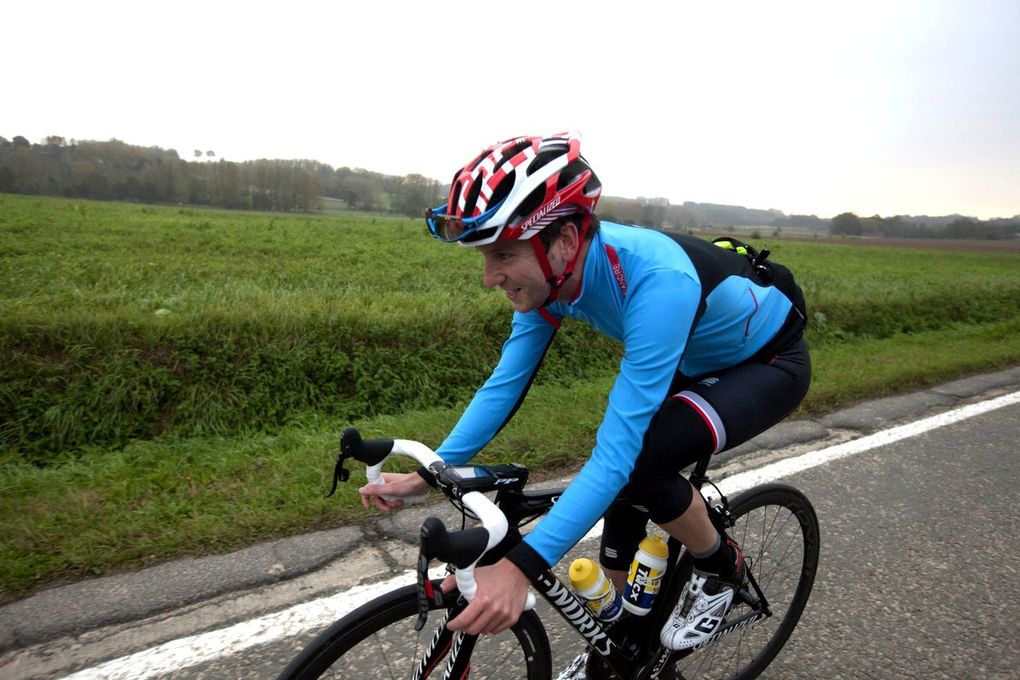
The cobbles may have been refurbished in 2007 but they are as uneven as any we have so far seen on our loop. A 22 per cent gradient is never easy, even on billiard table-smooth tarmac, but the jagged cobblestones make it a battle to turn the pedals and it’s a challenge to maintain traction, even in the dry, with my weight placed as far back as possible on the saddle. By now we’re approaching the end of the ride and, legs burning and throat rasping, I try and pick a consistent line and keep the power on as the crest comes into view.
“You’re on holy ground,” says Hoffman, as we regroup at the top of the Koppenberg ahead of the descent and run-in back to Oudenaarde. “Now when you watch the Tour of Flanders on television you can say you’ve ridden the same climbs.”
And that’s the beauty of cycling.
Website: Sportful

